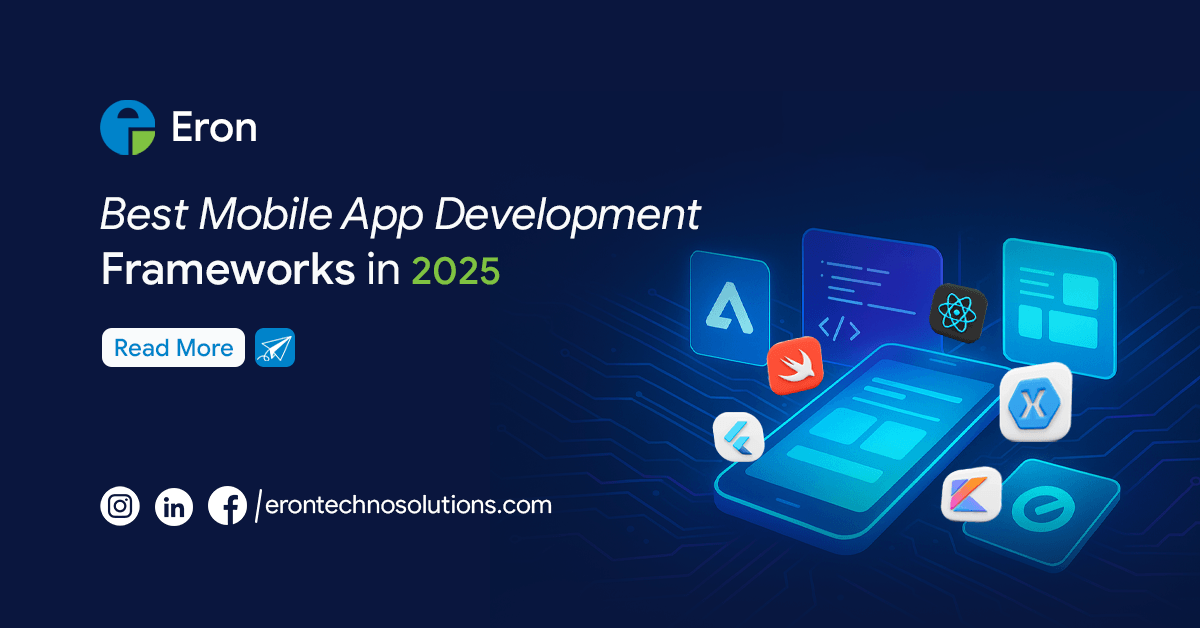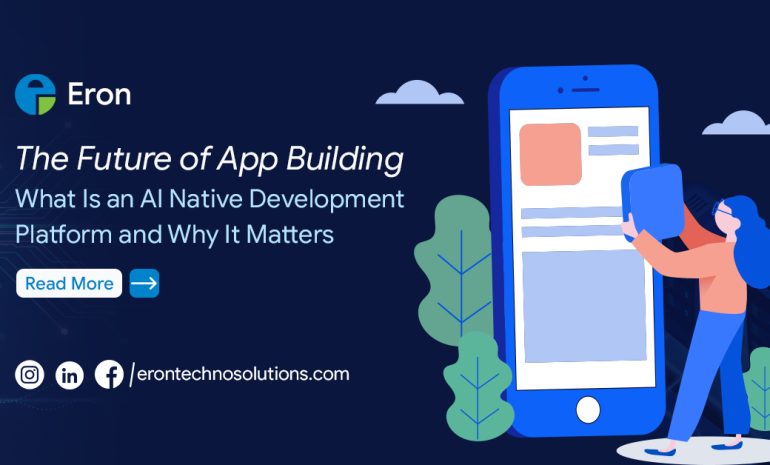Introduction
Mobile app development is evolving rapidly in 2025, with businesses and developers looking for frameworks that ensure faster development, cross-platform compatibility, high performance, and scalability. Choosing the right framework can save time, reduce costs, and deliver seamless user experiences across iOS and Android.
In this blog, we’ll explore the top mobile app development frameworks in 2025, ranked based on performance, popularity, scalability, and developer community support.
1. Flutter – Google’s Cross-Platform Champion
- Why it’s trending in 2025:
- Hot reload for rapid testing
- Single codebase for iOS, Android, web & desktop
- Strong community & regular Google updates
- Best For: Startups & businesses looking for fast, cost-effective, cross-platform apps.
- Popular Apps Built: Google Ads, Alibaba, BMW
2. React Native – Backed by Meta (Facebook)
- Why it’s popular:
- Write once, run anywhere approach
- Reusable UI components
- Strong third-party library ecosystem
- Best For: Companies needing scalable, high-performance apps.
- Popular Apps Built: Instagram, Uber Eats, Discord
3. SwiftUI – Apple’s iOS-First Framework
- Why developers choose it:
- Native performance for iOS devices
- Declarative syntax = fewer lines of code
- Perfect integration with Apple ecosystem
- Best For: iOS-exclusive apps where performance & UI matter most.
- Popular Apps Built: Many 2025 iOS-native apps are adopting SwiftUI.
4. Kotlin Multiplatform Mobile (KMM)
- Why it’s rising in 2025:
- JetBrains + Google-backed language
- Share business logic across iOS & Android
- Seamless integration with native APIs
- Best For: Enterprises needing custom Android + iOS apps with shared backend logic.
- Popular Apps Built: VMware, Cash App (some modules)
5. Ionic – Web-Friendly Hybrid Framework
- Why it’s relevant:
- Based on Angular, React, Vue
- Uses web technologies (HTML, CSS, JS)
- Strong for PWAs (Progressive Web Apps)
- Best For: Businesses needing lightweight, cost-friendly apps.
- Popular Apps Built: MarketWatch, Sworkit
6. Xamarin (Now .NET MAUI) – Microsoft’s Solution
- Why it’s still strong:
- C# & .NET ecosystem
- Single codebase for multiple platforms
- Strong enterprise-level support
- Best For: Enterprise apps and developers already in the Microsoft ecosystem.
- Popular Apps Built: Storyo, Alaska Airlines
7. Native Android (Jetpack Compose)
- Why it’s trending:
- Declarative UI building for Android
- Faster, cleaner code
- Deep integration with Google services
- Best For: Android-first businesses & apps needing deep customization.
| Framework | Platforms Supported | Best For | Popular Apps |
| Flutter | iOS, Android, Web, Desktop | Startups, cross-platform apps | Google Ads, BMW |
| React Native | iOS, Android | High-performance, scalable apps | Instagram, Uber Eats |
| SwiftUI | iOS only | Apple ecosystem apps | iOS-native apps |
| Kotlin KMM | iOS, Android | Enterprise-level apps | VMware, Cash App |
| Ionic | iOS, Android, Web | PWAs, budget apps | MarketWatch, Sworkit |
| Xamarin/.NET MAUI | iOS, Android, Windows | Enterprise apps | Alaska Airlines |
| Jetpack Compose | Android only | Android-first apps | Google Apps |
Conclusion
In 2025, the choice of a mobile app development framework depends on your business goals, budget, and target audience.
- Choose Flutter or React Native for cost-efficient cross-platform apps.
- Opt for SwiftUI or Jetpack Compose for platform-specific apps with best performance.
- Go for Ionic or Xamarin/.NET MAUI if you prefer web-first or enterprise solutions.
👉 The right framework can reduce development time, save costs, and deliver better user experiences – making your mobile app stand out in today’s competitive digital landscape.


